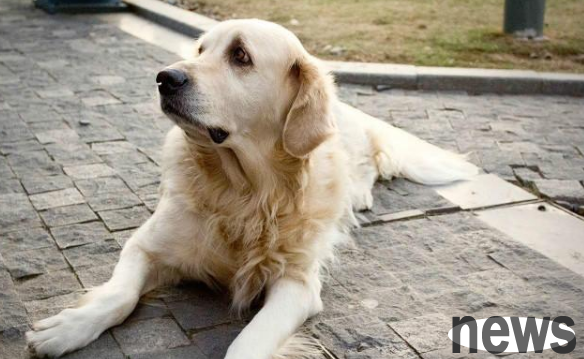The dog's life is spent with the company of its owner, including when it is old. In order to allow the dog to live a better life, the dog shoveler must pay attention to these common problems in old dogs. 1. Vision loss and other eye problems Doe...
The dog's life is spent with the company of its owner, including when it is old. In order to allow the dog to live a better life, the dog shoveler must pay attention to these common problems in old dogs.

1. Vision loss and other eye problems
Does your dog become cautious in unfamiliar environments, frightened, unwilling to go out at night, or shows signs of eye discomfort (redness, turbidity, etc.)? These can be signs of vision loss or eye disease.
As we age, many dogs' lenses become cloudy (called lens hardening). However, this normal aging change will not have a big impact on their vision. If you notice changes in your dog’s eyes, make an appointment with a veterinarian to rule out treatable eye diseases such as corneal injury, dry eye disease, or conjunctivitis. If your dog has cataracts, treatment or surgical removal can also be performed.
Some causes of vision loss are irreversible, but there are some things you can do to help your dog adapt. Consult your veterinarian for tips for handling older dogs with vision loss.
2. Increased or difficulty in urination
Increased or difficult urination may be a sign of kidney disease, urinary tract infection, or other health problems, which are more common in middle-aged and elderly dogs. If you suspect there is a problem, please consult your veterinarian. Treatment may involve prescription medications, dietary changes, and even surgery.
3. Bad breath, bleeding gums and other oral problems
If you are not diligent in brushing your dog's teeth and scheduling professional cleaning, they may show signs of oral disease such as bad breath, excessive drooling, swelling and inflamed gums, and loose teeth. Home dental care is the best way to keep your dog’s teeth and gums healthy and extend the cleaning intervals. It’s not too late to start caring for older dogs’ teeth!
After the veterinarian has dealt with any major problems, he brushes his dog's teeth with pet-specific toothpaste every day. Dental care and enzyme chews can also help.
4. Masses, Masses and Other Skin Problems
Many dogs experience lumps under their skin as they age. Lipoma (lipoplasm) are common and benign – meaning they usually don’t cause problems for your pet. However, other more dangerous tumors may look very similar to lipomas, so it is best to have your veterinarian evaluate them.
5. Weight gain or loss
Some old dogs have difficulty maintaining weight and may require higher calories or better taste dog food. Other old dogs are prone to gaining weight and may require diets targeting less active dogs. Too heavy or too light is not a good thing for dogs. For example, overweight and obese dogs have higher chances of developing health problems such as heart disease, arthritis and even cancer.
Talk with your veterinarian whether to switch to a diet for older dogs. Additionally, design an exercise program that suits your elderly dog with the help of a veterinarian. Proper diet and exercise program is important to delay signs of aging and extend the lifespan of your dog.

6. Difficulties in playing and traveling
You may have a hard time seeing a previously lively dog that is as difficult as it used to be to move around or play at home, but joint problems such as arthritis are common in older dogs.
Discussing with your veterinarian whether dietary changes are helpful, plus dog stairs, ramps and orthopedic dog beds can also help you take care of older dogs. Prescription medications can help relieve discomfort in your dog.